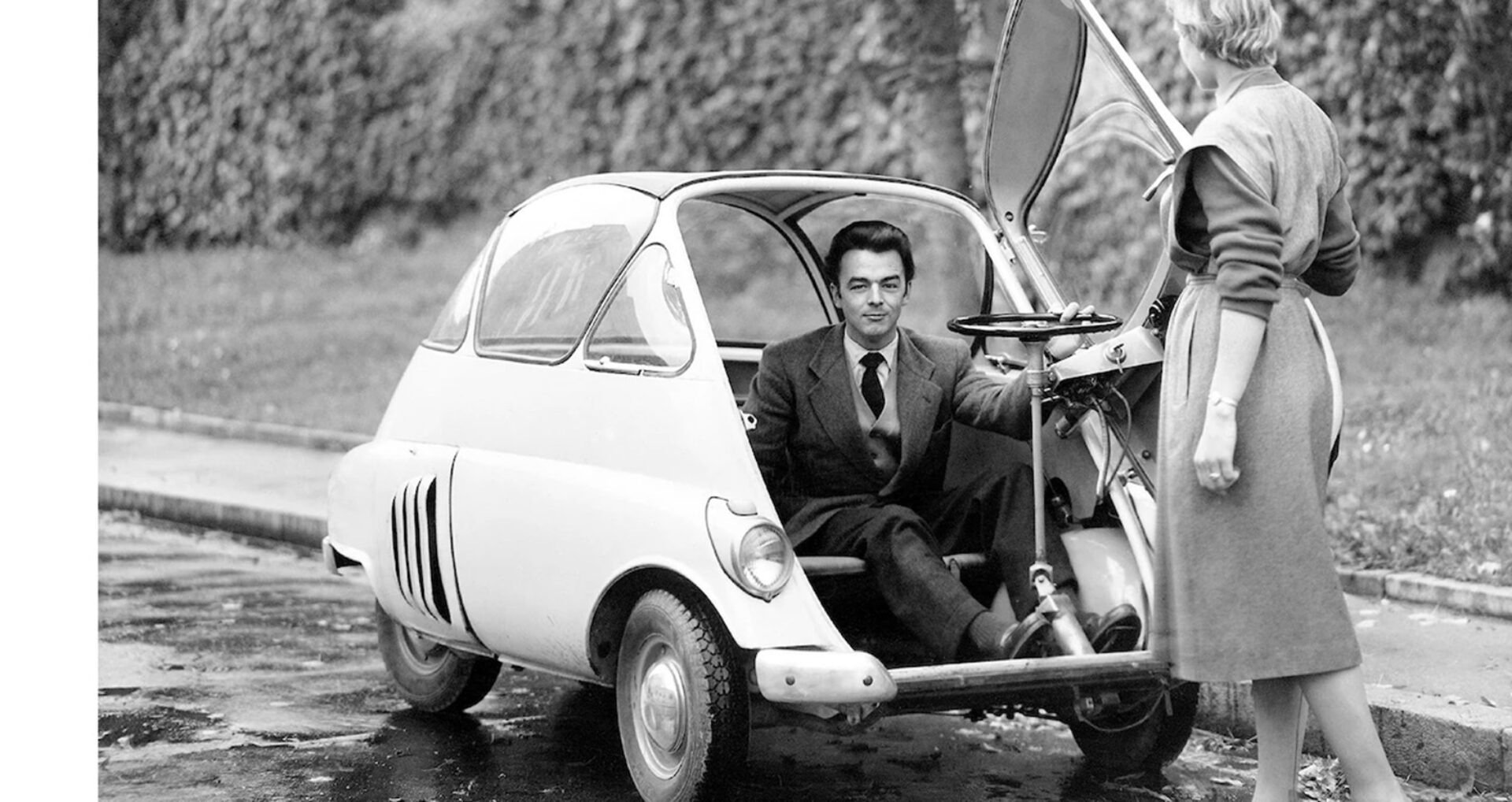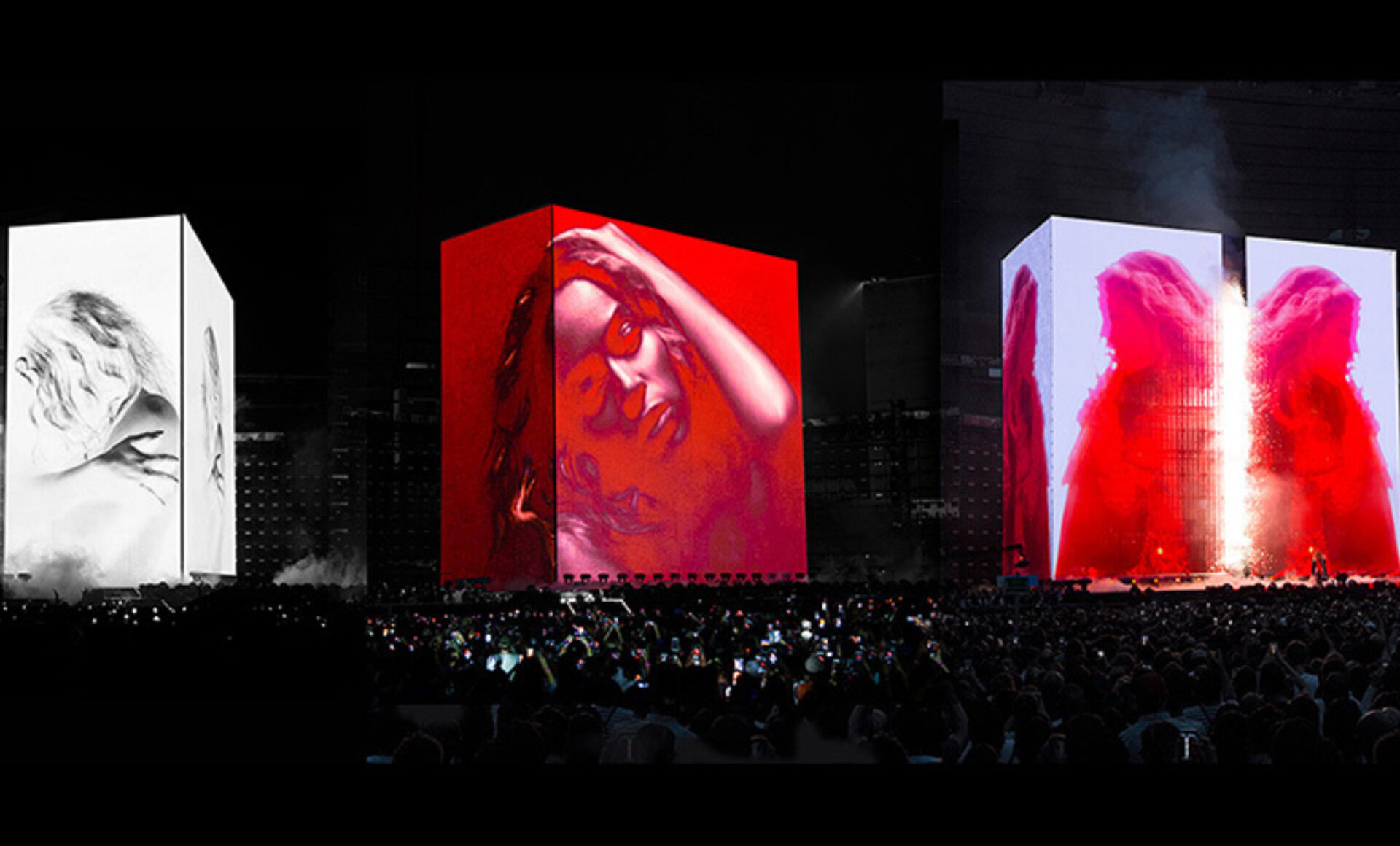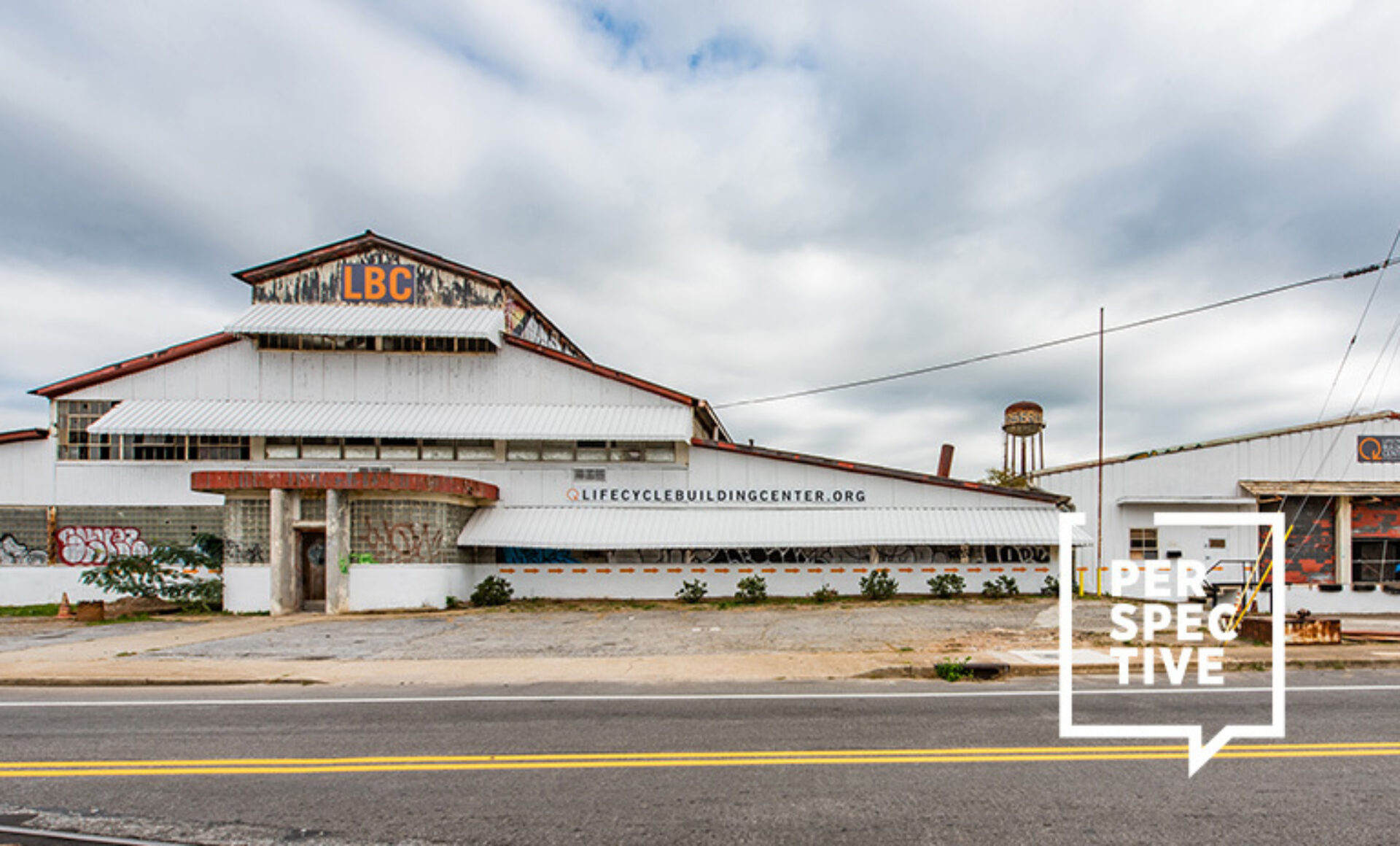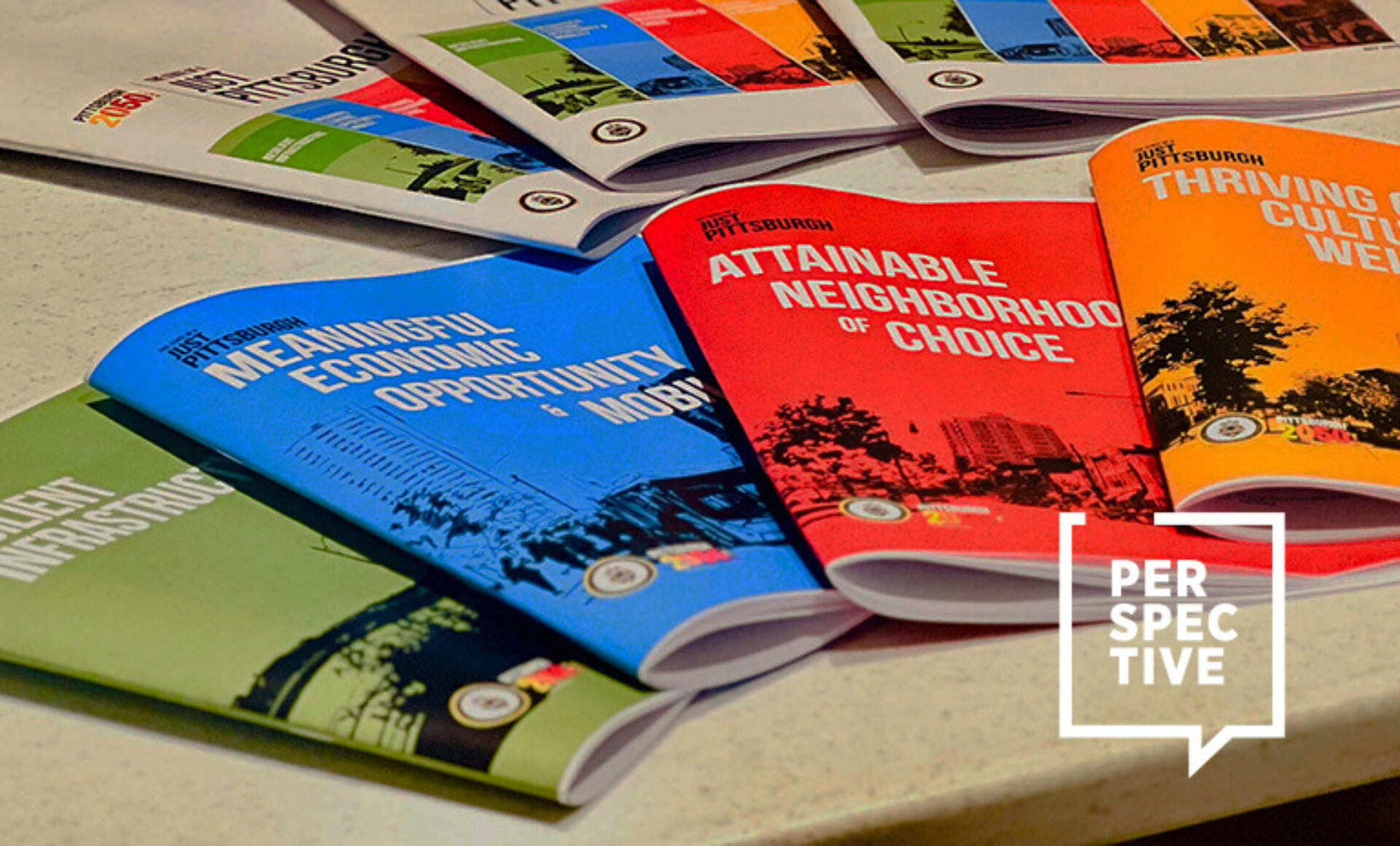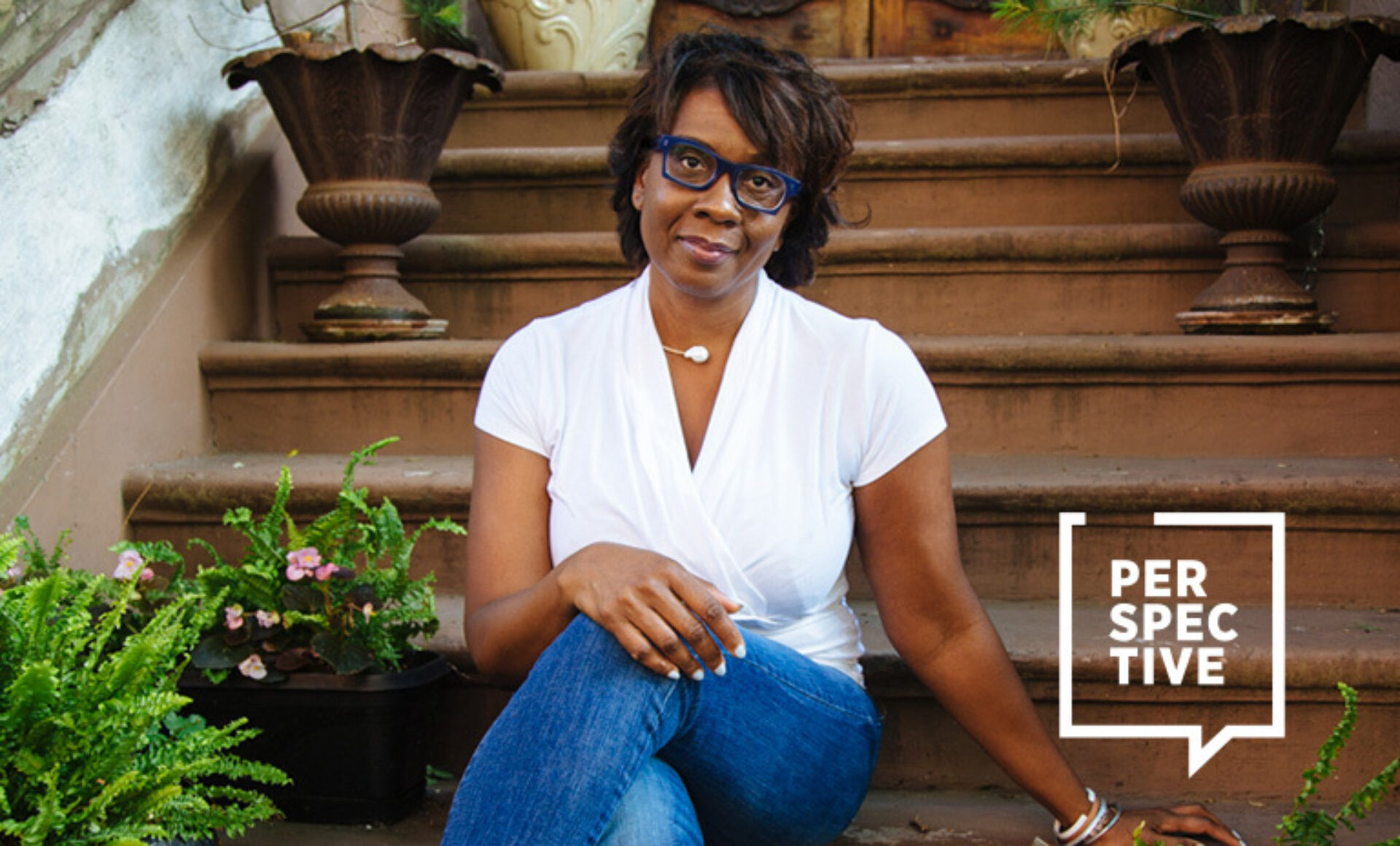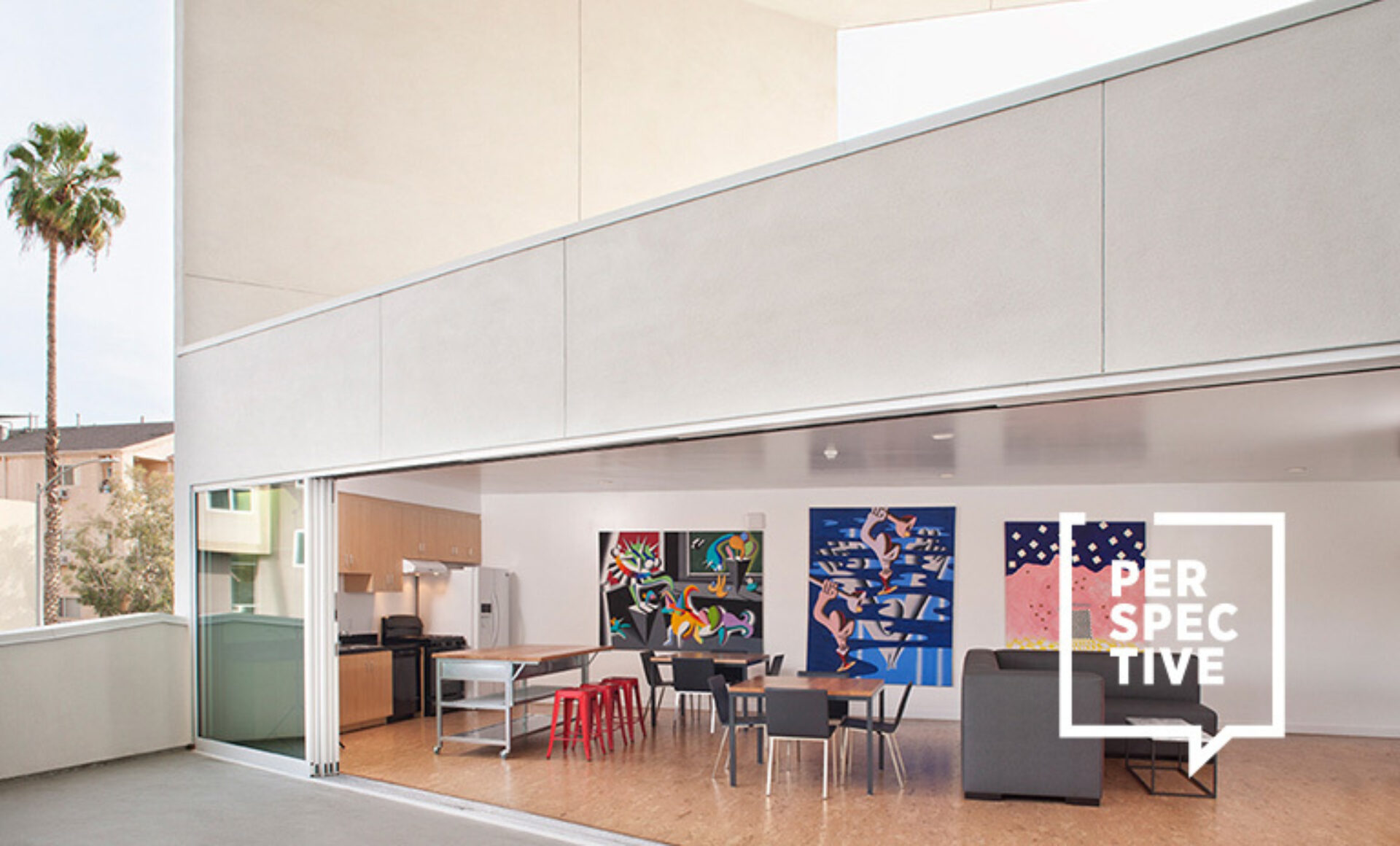(Above image: The BMW Isetta, produced between 1955 and 1962, was based on a design from an Italian manufacturer. Image courtesy of bmw.com)
At first glance, it’s clear that the 1955 BMW Isetta is a tiny, vintage automobile—appealing, adorable, as tiny things weirdly always seem to be—but not especially surprising. Squint a little, and you might notice something else at work: The car seems to be smiling at you. Definitely, as you look closer, there are two wide-set headlights for eyes, and a sly, ever-so-slight curve below. “The car,” says Julia de Bono, CEO and Studio Director at BMW’s DesignworksUSA, “has a face.”
De Bono, whose life has been spent in a design pas de deux with the automobile, points out that this is, of course, by design: “As car designers, we give cars a face, because we believe that maybe if we give it a face, we can give it a soul.”
That idea, a car with a soul, gets to the heart of de Bono’s work as a designer, and also hints at the interesting conundrum of designing technology, and using technology to design, while creating results that are profoundly human and elicit human emotions. At IIDA’s Industry Roundtable 26, de Bono shared how Designworks is eagerly exploring advanced technology, including AI, as a design tool, while simultaneously seeking to design cars that are ever more focused on humanity—and even exhibit human qualities, like empathy. Or a smile.

CEO and Studio Director
BMW’s DesignworksUSA
Making a More Human Car
Automakers, like most industries today, are facing seismic change. The shift to electric vehicles and the need to manufacture for recycling, reuse, and disassembly will dramatically alter the design of our cars—and for de Bono and her team, have sparked a reassessing of the core goals of their design work. “We can offer more and more [technology],” she says, “put everything into the car. And I think we [saw] that it was actually really distancing people, you know, who don’t know how to operate these machines anymore, and who are just overwhelmed by the aesthetics.”
Instead of prioritizing technology, de Bono and her team began to look for ways to return the car to a more tactile, human-based experience, centering their designs on humanity. That work has progressed down unexpected paths: As electric engines have eliminated engine roar and feel, designers have worked to bring that “texture” back, so that the driver’s body still feels connected to the speed and power of the car. And as the “face” of the car evolves, designers are working with new digital “faces.” “These faces can actually recognize you,” says de Bono, “can show you that you are seen. And being seen is a big part of forming a relationship. So we are trying to underline that connection and really make it personal. We’re trying to create a very sensual experience for our drivers—anything that makes these cars more human, that connects people back to the heart of a car again.”
Exploring Impressionistic Creativity
That focus on design for humanity has affected not only automobile design, but the BMW brand itself. As the digital universe has become more real, de Bono says, the leadership team at BMW has grappled with some hefty—even scary—questions. “We were thinking, maybe people will just exist in a digital realm without cars. And it was then that we started asking existential questions. In a world where there are no limits, who are you?”
For a team of intensely curious creatives, facing those big questions opened doors to wide-ranging exploration. As they reshaped their brand toward a focus on sensory experience, these car designers created their brand vision as … a cocktail. A video they created as a visualization of the idea evokes the feel of sunlight, the juicy redolence of a lemon, the warmth of wood, and a taste that spikes the senses into a rush not unlike that of driving a fast car. The lesson? In an unlimited creative arena, a cocktail can become a car can become a sensory experience as rich as the feel of sunlight or the tang of a lemon.
Where did the cocktail take the design team? Down a path that prioritizes human experience and connection, and embraces the possibilities that new technology, including generative AI, can provide for creative work.
Sourcing from Everything, Everywhere
AI tools, de Bono notes, are now in full use in her studio. Designers are not just working with one platform, but exploring many options, including combinations of new tech tools and more established ones, to achieve singular results. “I can now look at their work [with AI] and see each designer’s handwriting, their personality, coming through,” she says.
They have discovered, she says, that AI “is like every other tool in the world; you have to conquer it, you have to find your way and become an expert. It’s essential.” It’s a mistake to oversimplify what the tool can do. “AI is often misunderstood as a simple input output,” de Bono says. “People say, ‘can you just put something in, and then you get amazing results?’ Superficially [those results] do look great. These cars are well rendered, they have great proportions. They have zero innovation. Everything you see on these cars is not anything new. I would never build any of these cars even though they are attractive, because they would bring nothing to this world.”
Instead, her team is using AI to synthesize creative inspirations that they source from everywhere. “What we have fed into the AI is basically a feeling that we have, images that were somehow interesting to us.” As Designworks looks to continue that process and enable their designers to source inspiration from all corners of their world, BMW is working to create customized AI tools, which will be trained to understand the context of the brand and its priorities and values.
Teaching Human Values
Training AI, in fact, is one of the highest priorities, de Bono says—and she and her team are carrying it out with great care. “We are looking at AI as a new employee,” she says. “So it’s like training someone on all the things you would want them to know about you as a brand, about you as a person. It’s a very emotional thing.” Most important, in considering the potential outcomes with a tool that can learn from all of human experience, she says, is to teach human values. “What kind of mindset do we feed into it to generate a tool that has empathy, that creates in the same way we as designers create?” With a design intention that leans into essential human qualities, seeking to increase comfort and connection, taking on the role of careful tutor for these AI tools feels like building the future of design, and shaping the future of the world at large. Ultimately, says de Bono, learning to design with AI “should sharpen our senses, bring us back to our roots, and make us see what kind of relationships we want to have with other humans and technology.”
